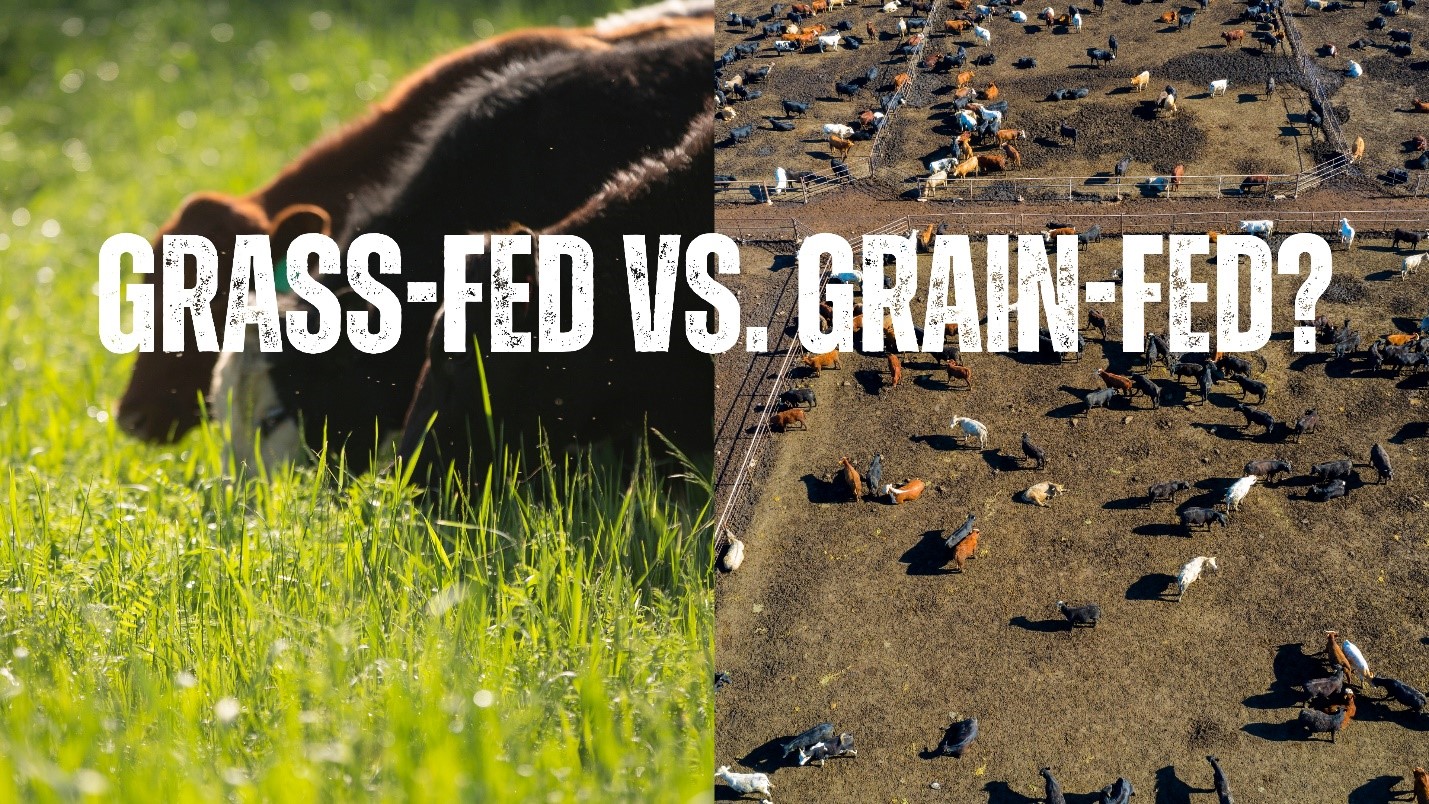Health Benefits of Grass-Fed Beef: A Nutritional Comparison with Conventional Options

As consumers become more health-conscious and environmentally aware, the demand for grass-fed beef has surged. Premium Foods has sourced from producers & suppliers like Wilmot Cattle Co and Mulwarra Export, who are leading the charge, providing ethically raised, nutrient-dense beef that offers a variety of health benefits over conventional, grain-fed options. But what truly sets grass-fed beef apart? Beyond nutrition, regenerative farming practices play a vital role in producing healthier animals and, consequently, healthier food. Let’s dive into the unique benefits of grass-fed beef and why it’s a superior choice for both personal health and the planet.
Nutritional Profile of Grass-Fed vs. Grain-Fed Beef
Grass-fed beef generally has a leaner profile than grain-fed, resulting in less total fat and fewer calories per serving. This leaner cut is complemented by higher levels of omega-3 fatty acids, which are essential for heart health, and conjugated linoleic acid (CLA), a fatty acid linked to reduced body fat and improved immune function. Additionally, grass-fed beef offers increased levels of antioxidants such as vitamin E, which protects cells from damage. In short, choosing grass-fed beef is a nutritionally wise decision that aligns with a healthier lifestyle.
Key Nutritional Benefits:
- Lower Total Fat Content: Grass-fed beef is leaner, making it ideal for those looking to reduce saturated fat intake without compromising on flavor.
- Rich in Omega-3s: Essential fatty acids that support heart health and reduce inflammation are more abundant in grass-fed beef.
- High in CLA: Known for its immune-boosting and body-fat-reducing properties, CLA is significantly higher in grass-fed beef.

Why is Grass-Fed Beef Healthier than Grain-Fed?
Q: Why is grass-fed beef considered healthier than grain-fed?
A: Grass-fed beef offers a leaner profile with higher levels of beneficial fats like omega-3s and CLA, essential for heart and immune health. The absence of hormone growth promotants (HGP) also contributes to a cleaner, more natural product.
Q: Does grass-fed beef contain more vitamins and minerals?
A: Yes, grass-fed beef has higher concentrations of essential nutrients such as vitamin E, beta-carotene (a precursor to vitamin A), and various B vitamins, all of which support immunity, skin health, and energy production.
Q: Is grass-fed beef lower in calories?
A: Generally, yes. Grass-fed beef’s leaner composition means fewer calories per serving, making it a great option for those watching their caloric intake without sacrificing protein.

The Role of Regenerative Farming in Animal Health and Nutrition Density
Q: How does regenerative farming benefit the animals and the quality of beef?
A: Regenerative farming allows cattle to graze freely on diverse pastures, resulting in lower cortisol levels due to reduced stress. Animals raised in natural, open environments are not confined, which promotes physical health and well-being. The low-stress lifestyle leads to better meat quality with improved tenderness and flavor.
Regenerative farming emphasizes rotational grazing, where cattle are moved across pastures to allow grass to recover, creating a balanced ecosystem. The benefits extend beyond just the cattle; this approach enriches the soil, promoting biodiversity and helping to sequester carbon, which combats climate change. For the animals, regenerative farming leads to pasture-finished beef—meaning cattle eat only wild grasses throughout their lives, not just during certain stages. This diet is what gives grass-fed beef its characteristic nutrient density and richer, earthier flavor, setting it apart from grain-fed alternatives.

Why Pasture-Finished Beef is Better for You
Q: What is pasture-finished beef, and why does it matter? A: Pasture-finished beef means the cattle are fed solely on grass, right up until they’re harvested. This type of diet provides them with the nutrients found in wild plants and grasses, which enhances the beef’s nutritional profile, adding to its levels of omega-3s, CLA, and antioxidants.
Pasture-finished beef retains the natural, subtle flavors of the grasslands, unlike grain-fed beef, which can be heavily marbled but lacks the depth of flavor. Brands like Wilmot and Mulwarra champion these practices, ensuring that their Black Angus cattle are pasture-finished, yielding tender, juicy beef with a complex flavor that reflects the land it comes from.

Does Regenerative Farming Make a Difference in Flavor and Nutrient Density?
Q: How does regenerative farming affect the flavor and nutritional density of grass-fed beef?
A: Regenerative farming, with its emphasis on a low-stress environment and natural diets, enhances both the flavor and nutritional density of grass-fed beef. Animals raised this way develop meat with a richer taste, packed with essential nutrients due to their varied, plant-based diet.
Q: Can grass-fed beef help reduce environmental impact?
A: Absolutely. Regenerative farming not only restores soil health but also helps sequester carbon, making it one of the most sustainable methods of farming. This approach benefits the environment and creates a more resilient food system.

Our Conclusion
Choosing grass-fed, pasture-finished beef from regenerative farms isn’t just a personal health choice; it’s a step towards a sustainable future. With the support of trusted producers & suppliers like Wilmot Cattle Co and Mulwarra Export, consumers can enjoy nutrient-dense beef that’s rich in omega-3s, CLA, and antioxidants while supporting farming practices that are kinder to animals and the planet. As Thailand embraces these healthier, environmentally conscious options, we move closer to a food system that values quality, ethics, and sustainability.



